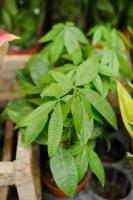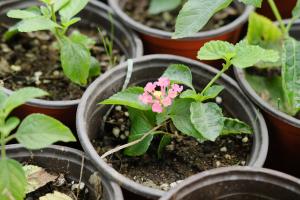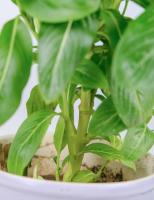When Can You Plant Fig Trees?
Figs are a delicious and nutritious fruit that can grow in many climates. Fig trees are often planted in home gardens and orchards, but knowing when to plant them is crucial to their success. In this article, we will discuss the best time of year to plant fig trees, the conditions needed for their growth, and some tips for caring for your new trees.
Best Time to Plant Fig Trees
The best time to plant fig trees is in late winter or early spring. The soil should be moist and the temperatures should be mild. This time of year allows the tree to establish roots before growth begins in the spring. In colder climates, fig trees should be planted in spring or early summer.
It is important to avoid planting fig trees in the middle of summer or in extremely dry conditions. This can cause stress on the tree and inhibit its growth. Additionally, planting in the fall is not recommended as it may not allow the roots to establish before the winter dormant period.
Conditions for Fig Tree Growth
Fig trees require a few specific conditions in order to thrive. They prefer fertile, well-draining soil with a pH between 6.0 and 6.5. They also require full sun and warm temperatures. In colder climates, fig trees should be planted in a protected location to shield them from harsh winds and frost.
Fig trees are also susceptible to root rot and fungal diseases, so it is important to avoid overwatering and ensure good drainage. Additionally, fig trees require regular pruning to maintain their shape and encourage fruit production.
Caring for Your Fig Trees
After planting your fig tree, it is important to keep the soil moist without overwatering. This can be achieved by watering deeply once a week during dry periods. Mulching around the tree can also help retain moisture and suppress weeds.
In the first few years of growth, it is important to train the tree into the desired shape by pruning. This will help the tree produce fruit more efficiently and reduce the risk of disease. Fertilizing can also be helpful, but should be done sparingly and in moderation. Over-fertilizing can lead to excessive foliage growth at the expense of fruit production.
Conclusion
Fig trees can be a rewarding addition to any garden or orchard, but they require careful attention to ensure their success. By planting in the best season, providing the necessary conditions, and caring for your tree properly, you can enjoy abundant fruit for years to come.

 how many times do yo...
how many times do yo... how many planted tre...
how many planted tre... how many pine trees ...
how many pine trees ... how many pecan trees...
how many pecan trees... how many plants comp...
how many plants comp... how many plants can ...
how many plants can ... how many plants and ...
how many plants and ... how many pepper plan...
how many pepper plan...






























